Optimal Timing for Waterproofing Applications
Waterproofing is a crucial process to prevent water intrusion and protect structures from damage. The timing of waterproofing applications significantly influences their effectiveness and longevity. Properly scheduled waterproofing can extend the lifespan of buildings, reduce maintenance costs, and prevent costly repairs caused by water damage.
Spring is ideal for waterproofing due to moderate temperatures and dry conditions, allowing sealants and membranes to cure properly.
Summer provides extended daylight and warm weather, suitable for large-scale waterproofing projects, especially before heavy rainfall.
Fall offers cooler temperatures and less humidity, making it a good time to prepare structures for winter and prevent water ingress during freeze-thaw cycles.
Winter is generally not recommended for waterproofing due to cold temperatures and increased moisture, which can hinder curing and adhesion.
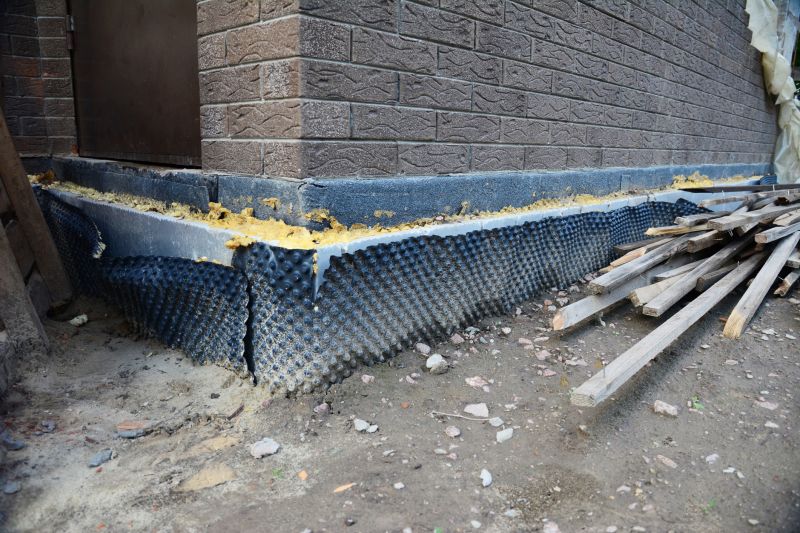
Ways to make Waterproofings work in tight or awkward layouts.
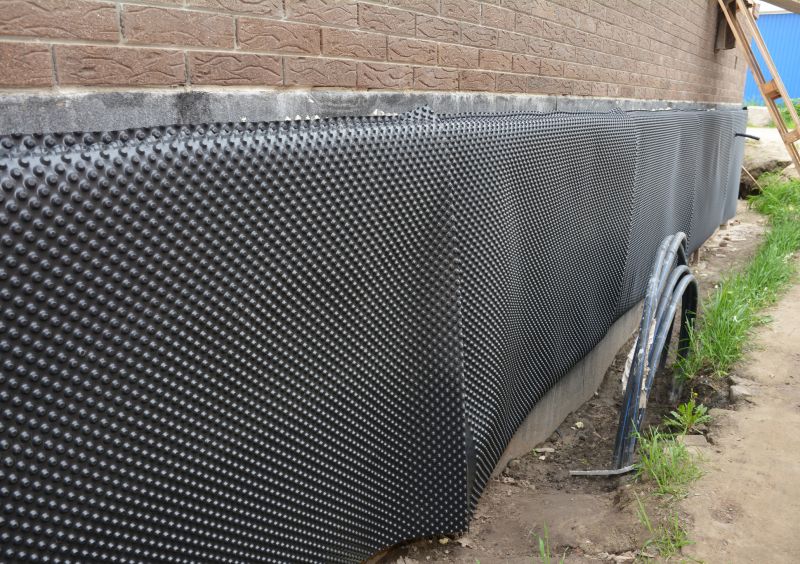
Popular materials for Waterproofings and why they hold up over time.
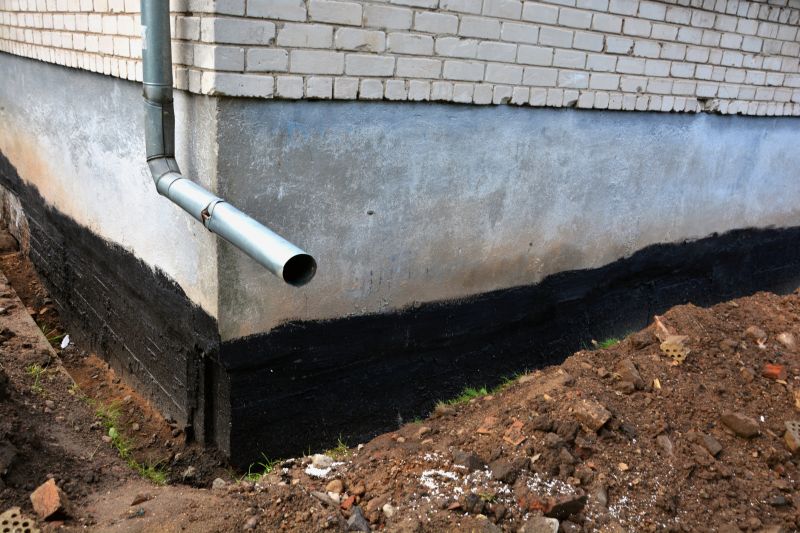
Simple add-ons that improve Waterproofings without blowing the budget.
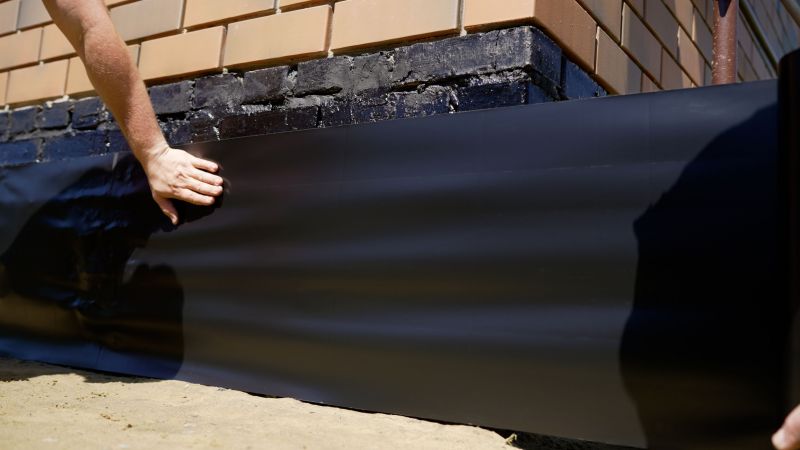
High-end options that actually feel worth it for Waterproofings.
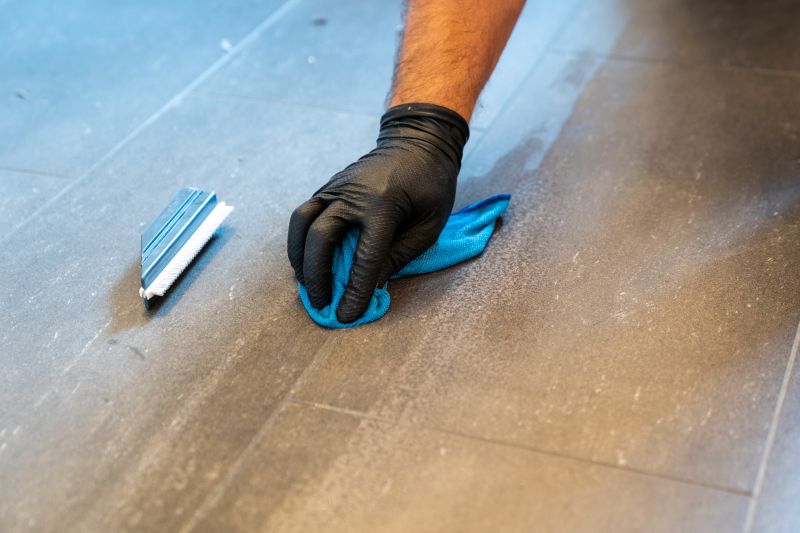
Finishes and colors that play nicely with Waterproofings.

Little measurements that prevent headaches on Waterproofings day.
| Season | Suitability |
|---|---|
| Spring | Optimal for most waterproofing materials due to moderate temperatures. |
| Summer | Good for large projects; avoid peak heat hours. |
| Fall | Ideal for preparing structures before winter. |
| Winter | Generally unsuitable due to cold and moisture. |
Waterproofings involve the application of membranes, sealants, coatings, and barriers designed to prevent water penetration. They are essential for foundations, roofs, basements, and exterior walls. Effective waterproofing depends on choosing the right materials and timing the application correctly. Properly timed waterproofing can prevent structural deterioration, mold growth, and interior damage caused by water infiltration.
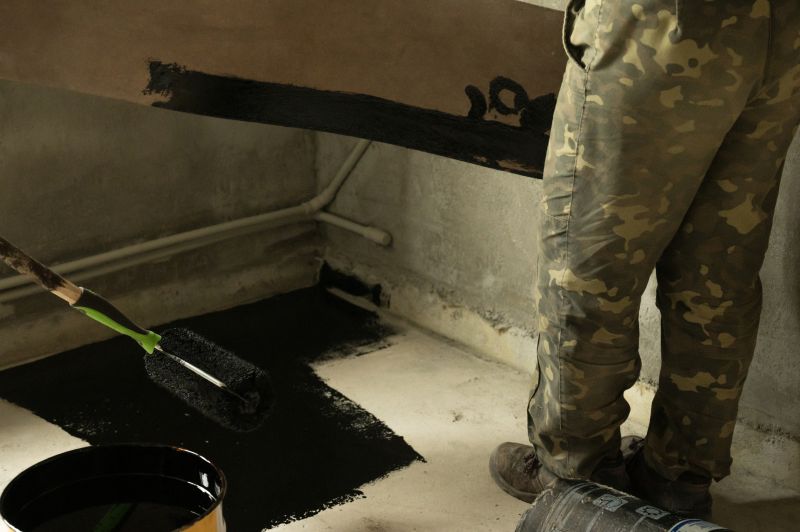
A 60-second routine that keeps Waterproofings looking new.
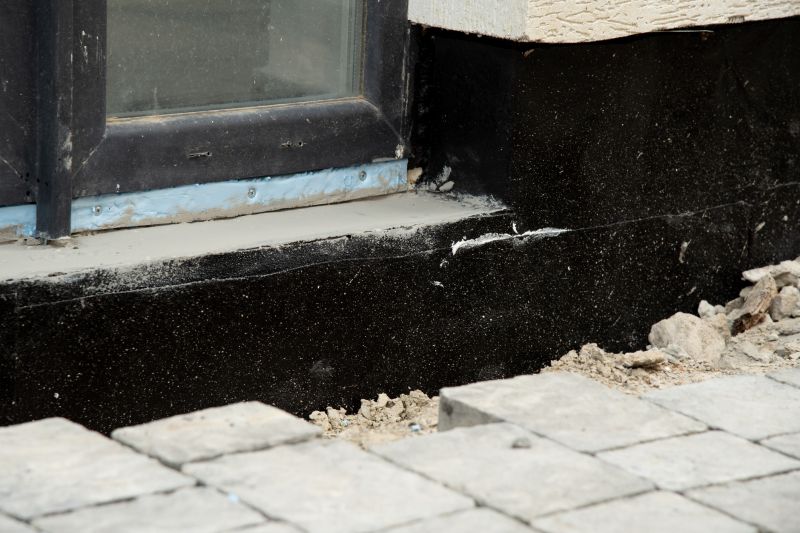
A frequent mistake in Waterproofings and how to dodge it.

Small tweaks to make Waterproofings safer and easier to use.
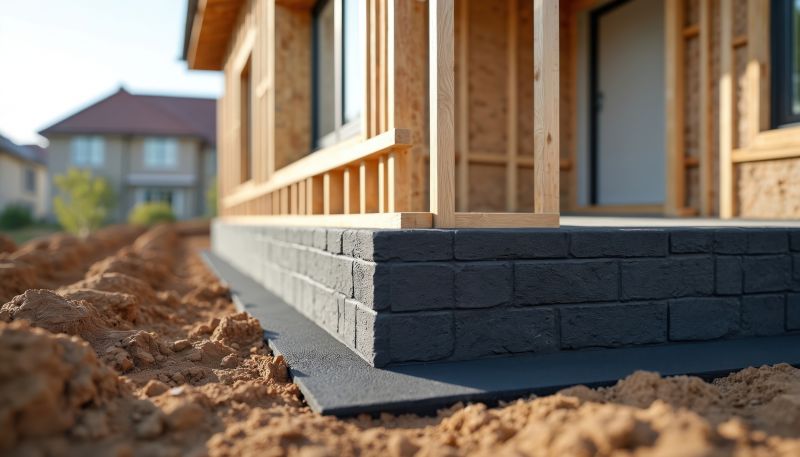
Lower-waste or water-saving choices for Waterproofings.

The short, realistic tool list for quality Waterproofings.
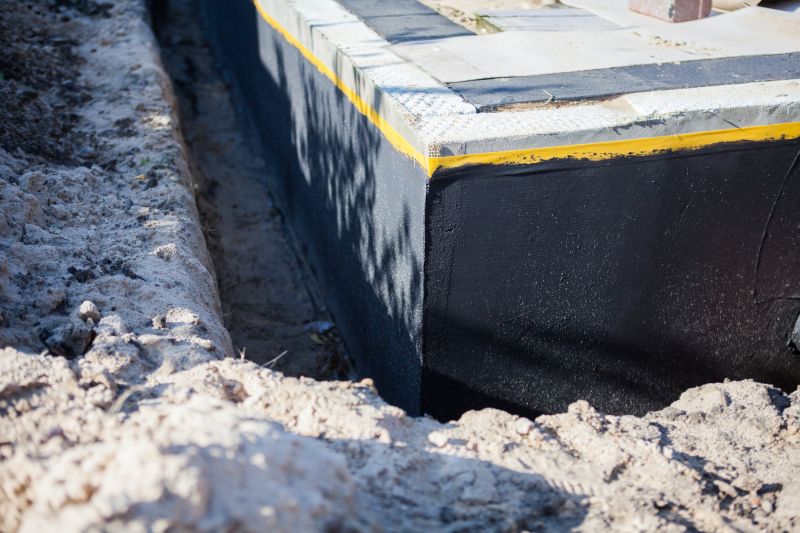
Rough timing from prep to clean-up for Waterproofings.
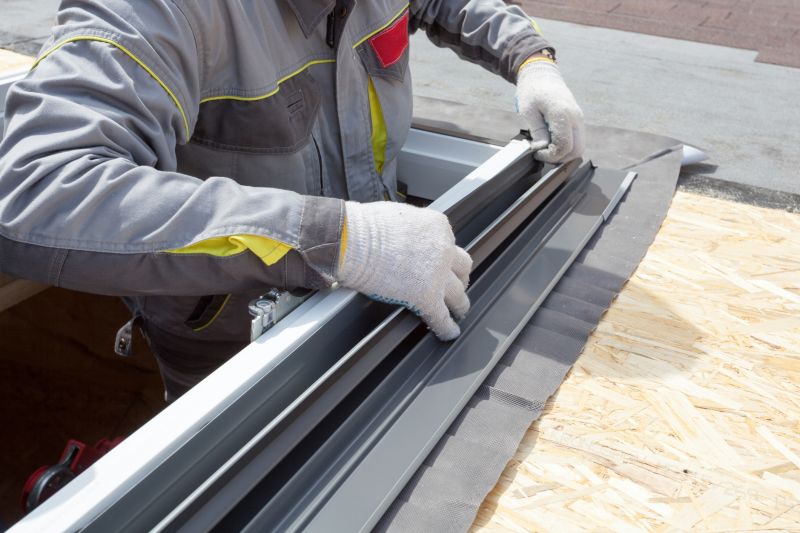
Quick checks and paperwork to keep after Waterproofings.
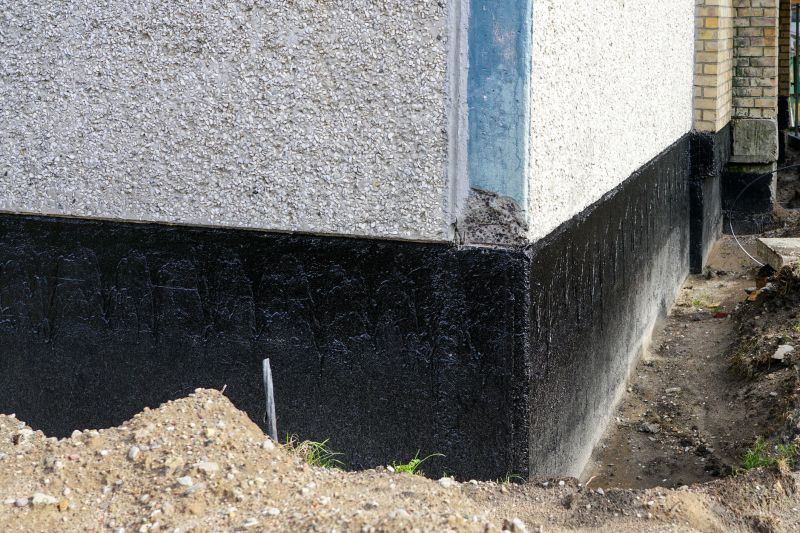
Examples that show the impact a good Waterproofings can make.
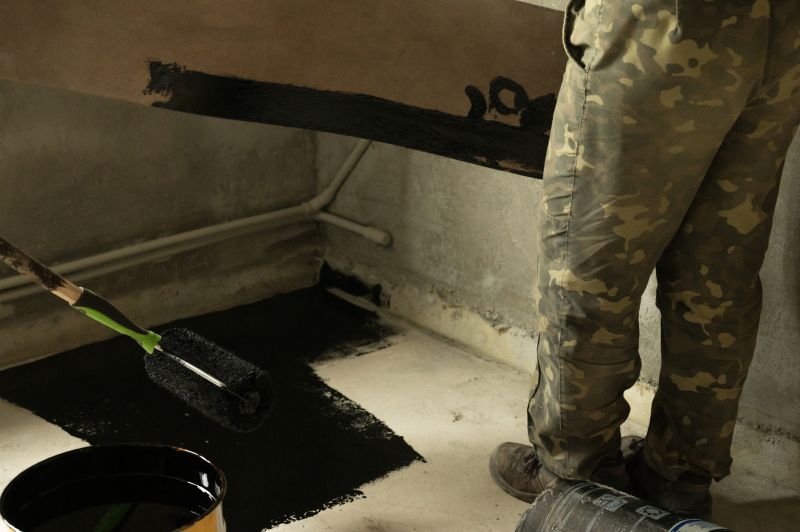
Ways to make Waterproofings work in tight or awkward layouts.
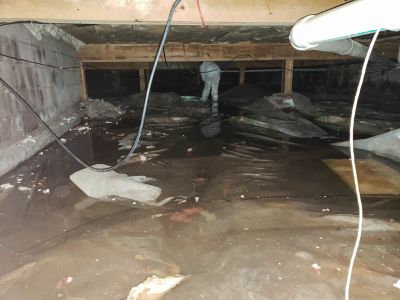
Ways to make Waterproofings work in tight or awkward layouts.
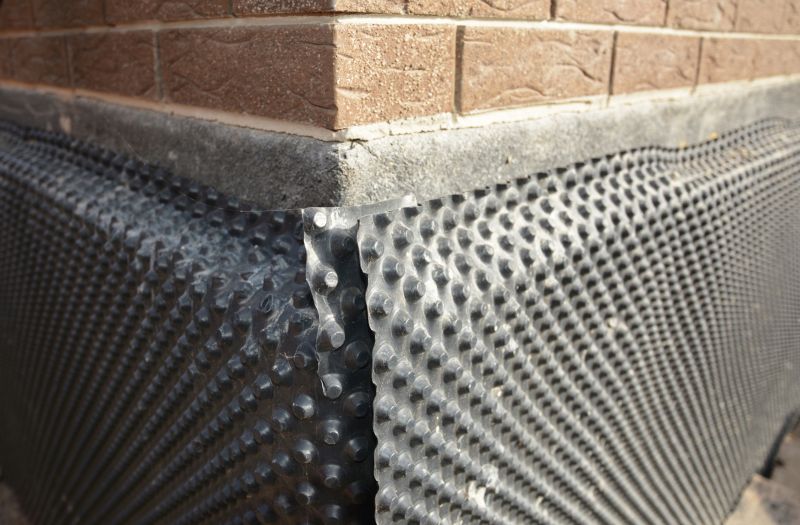
Ways to make Waterproofings work in tight or awkward layouts.
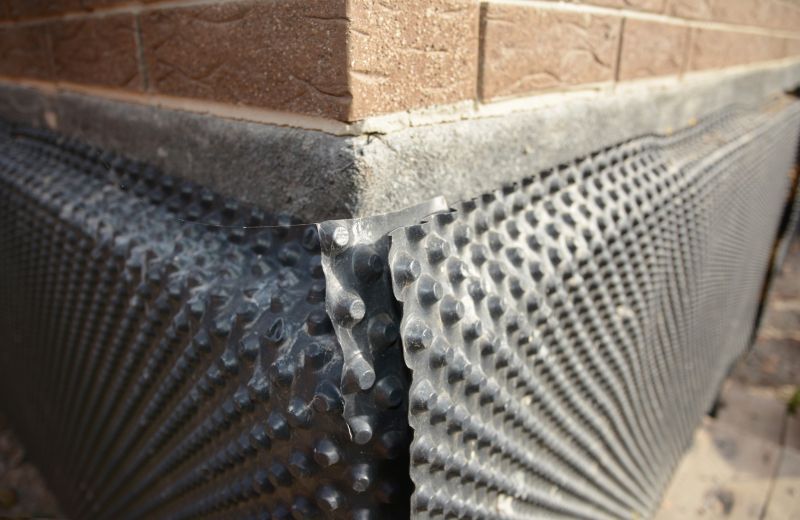
Ways to make Waterproofings work in tight or awkward layouts.
Interested parties are encouraged to contact for further information on waterproofing options and scheduling. Proper waterproofing is essential for maintaining structural integrity and avoiding water-related damages over time.

